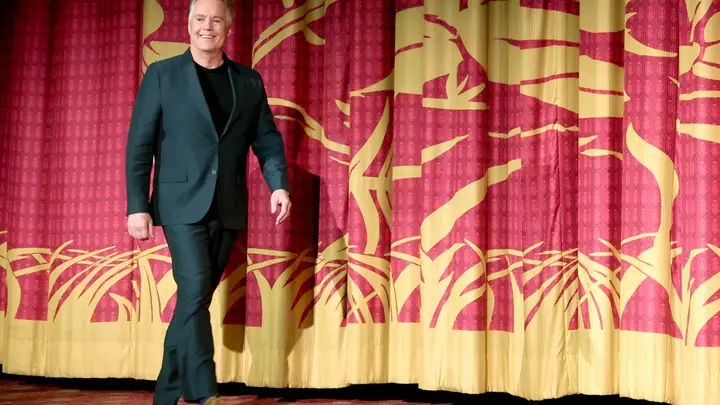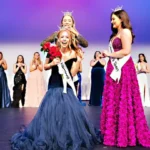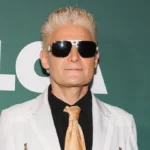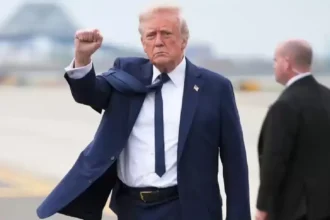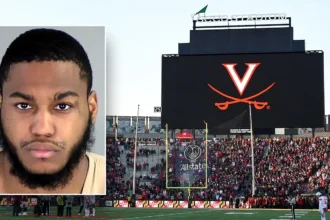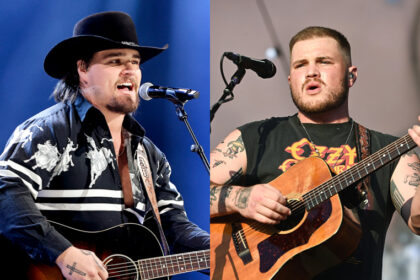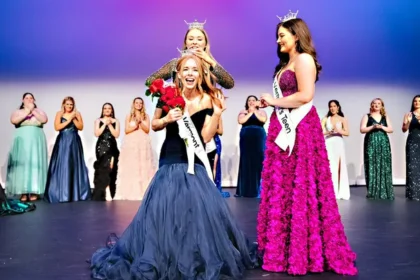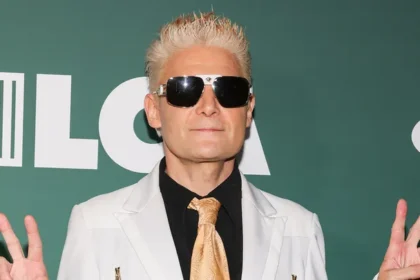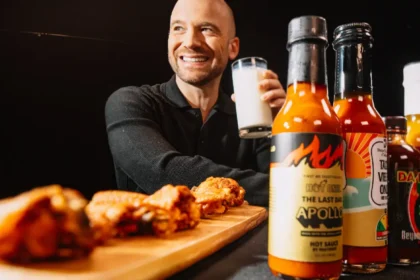Shaun Cassidy, once the heartthrob of millions of teenagers in the late 1970s, is stepping back into the spotlight after more than four decades away from the concert stage. Best known for his chart-topping hits like Da Doo Ron Ron and his starring role in the television series The Hardy Boys Mysteries, Cassidy has spent most of the last 45 years behind the scenes as a successful writer and producer. Now, at age 65, he is embarking on his first major music tour since those heady days of pop stardom.
For Cassidy, this return is not about chasing nostalgia. Instead, it is about rediscovering music on his own terms and connecting with fans who grew up with him — as well as new audiences curious about his journey. Preparing for the tour has been both a challenge and a joy, requiring him to revisit songs he hasn’t performed since his teens. “I had to relearn my own catalog,” he admitted. “It’s funny to step back into those shoes after so much time has passed, but the music feels fresh again, like I’m singing it for the first time.”
The Cassidy phenomenon first exploded in 1977 when his self-titled debut album went multi-platinum and his poster adorned bedroom walls across America. At the height of his fame, Cassidy was selling out arenas filled with screaming fans, many of them barely into their teens. But as the mania cooled, he shifted his focus away from being a teen idol, gravitating toward stage acting and eventually into television production. His creative credits as a writer and producer include work on hit series like American Gothic, Cold Case, and New Amsterdam.
Now, his return to performing blends all sides of his career. Cassidy describes the tour as part-concert, part-storytelling session. Each show mixes his classic hits with anecdotes from his years in show business, offering audiences an intimate look at the man behind the poster. “I’m not that 18-year-old kid anymore,” he explained. “I’ve lived a whole life since then, and I want to share that story along with the songs. It’s about bringing people along for the ride, not just recreating the past.”
This hybrid approach has resonated with audiences so far. Fans are discovering not only the music they loved but also the depth of Cassidy’s experiences in Hollywood. For those who remember the chaos of teen-idol fame, hearing him reflect on the pressures of sudden stardom has been particularly powerful. He often speaks about the difficulty of being defined by an image and how he eventually found fulfillment by working behind the scenes.
Cassidy’s tour also speaks to a larger theme in American culture: reinvention. His story mirrors that of many performers who start in one lane only to find their true voice in another. Unlike many who fade quietly from the limelight, Cassidy has embraced the opportunity to weave together the different chapters of his life into a coherent narrative. In doing so, he has positioned himself not just as a nostalgic figure from the past but as an artist still relevant today.
The return also highlights the durability of music as a cultural connector. Decades after he first sang them, Cassidy’s songs still resonate with fans — but the meaning has evolved. What was once youthful excitement is now layered with memory, reflection, and gratitude. For Cassidy, the tour is about more than applause. It’s a celebration of survival, creativity, and the enduring bond between performer and audience.
As he steps back onto the stage, Cassidy acknowledges the irony of becoming both a living reminder of the past and a fresh storyteller for the present. “I never imagined I’d be doing this again after so many years,” he said. “But here I am. And it feels right.”


